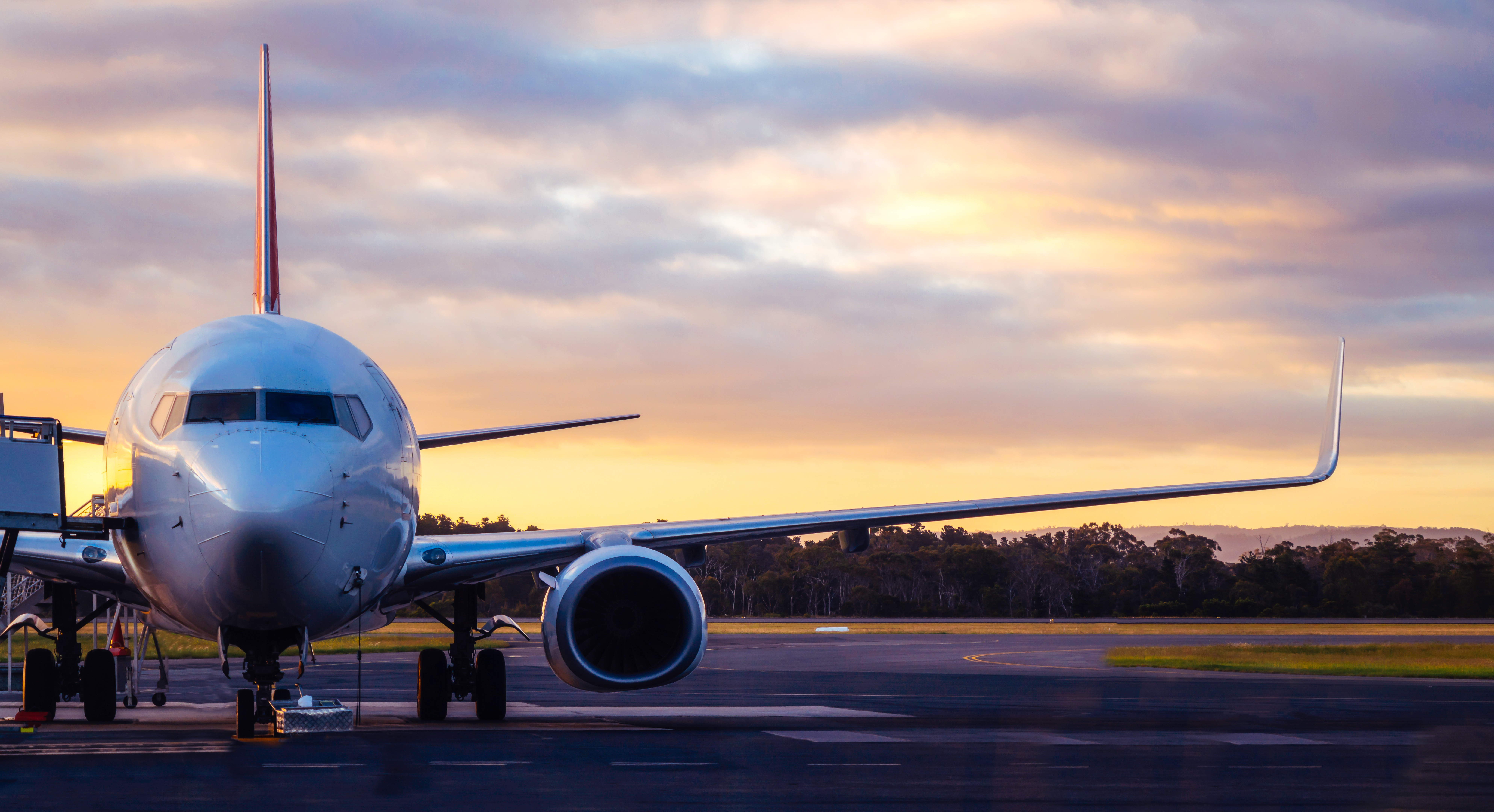Wealth & Poverty Review Air Travel Safety Soars
Originally published at SubstackAccording to MIT professor Arnold Barnett, over four billion passengers worldwide embarked on air journeys on scheduled flights in 2017, of which only eight died of airline accidents.1 This would be one fatality for every 500 million passengers. 2017 was indeed a very lucky year. Over the past 12 years, U.S. airlines have accomplished an astonishing feat: carrying more than eight billion passengers without a fatal crash.2
The fatality rate fluctuates from year to year but the overall trend is dramatically improving. Professor Barnett analyzed global airline fatality data back to 1968 using data from the Flight Safety Foundation’s Aviation Safety Network Accident Database, the World Bank, and other sources. He grouped data in decade blocks to reduce spikes and reports his findings:

1968-1977: 1 death per 350,000 boardings
1978-1987: 1 death per 750,000 boardings
1988-1997: 1 death per 1.3 million boardings
1998-2007: 1 death per 2.7 million boardings
2008-2017: 1 death per 7.9 million boardings
If you flew in a first-world country from 2008-2017, the rate was one in 28.8 million. Less-developed countries were closer to 1 in 1.3 million, about 30 years behind the global average.
What contributed to this astonishing abundance in airplane safety? In three words: Intense Learning Curves. Andy Pasztor at the Wall Street Journal reports on the revolution in airline safety.
A lone jumbo jet crash with mass fatalities, according to industry estimates, can amount to a financial hit of nearly $1 billion, including insurance payouts, additional legal liabilities, lost business and reputational damage.3
With lots of incentive to avoid these losses, the FAA, with the aviation industry and pilot’s union, formed the Commercial Aviation Safety Team (CAST) in 1997. Pasztor notes that the process required unprecedented levels of trust among the participants in sharing information on hazards and near crashes. “Tentative cooperation was dependent on FAA pledges that good-faith mistakes and procedural violations wouldn’t result in enforcement actions.” When everyone gets on a learning curve and trusts and cooperates, progress can be quite dramatic.

The first airplane flight occurred on December 17, 1903 near Kitty Hawk, North Carolina. Taking turns, the Wrights made four brief, low-altitude flights that day. Soon after, a heavy gust picked up the Flyer and tumbled it end over end, damaging it beyond any hope of quick repair.4
Thomas Selfridge was the first airplane crash fatality aboard a Wright brothers test flight on September 17, 1908. Orville was badly injured, suffering a broken left leg and four broken ribs. A friend visiting Orville in the hospital asked, “Has it got your nerve?” “Nerve?” repeated Orville, slightly puzzled. “Oh, do you mean will I be afraid to fly again? The only thing I’m afraid of is that I can’t get well soon enough to finish those tests next year.”5
Since the 1970s global air safety has been increasing at a compound annual growth rate of around at 8.1 percent. At this rate, safety doubles every 8.6 years or so. The World Bank reports that global air passengers carried increased 1,320 percent from 310 million in 1970 to 4.4 billion in 2019.6 This is a compound annual rate of around 5.3 percent. Safety is increasing around 50 percent faster than traffic.
All this has occurred while the cost of flying decreased by more than 50 percent. In 1970 a round trip flight from Los Angeles to New York was $48.21. Blue collar hourly compensation (wages and benefits) then was $3.93. This would put the time price at 12.26 hours. Today the price is around $187 and blue-collar compensation is $32.54 an hour, putting the time price at 5.75 hours, or 53 percent lower. Prices have been decreasing around 1.5 percent a year.
How do we get cheaper and safer flights at the same time? Because we learn more from every flight. More passengers means more knowledge and more knowledge means more safety. Wealth is knowledge and we’re discovering and creating knowledge at faster and faster rates.
Excerpt from our forthcoming book, Superabundance.

